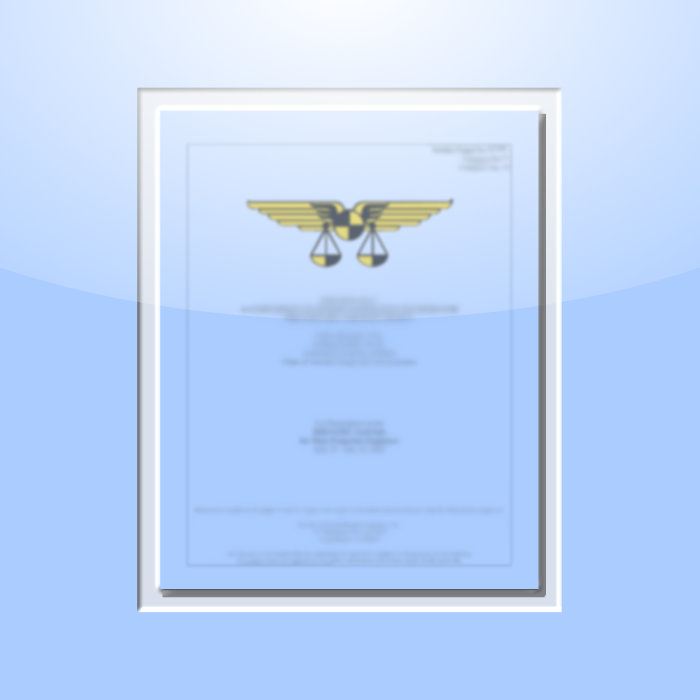
3776. Harnessing Historical Company Data for Estimating Weights of Customized Commercial Workboats
$20.00
SAWE Members get a $200 store credit each year.*
*Store credit coupon available at checkout, click the button in your shopping cart to apply the coupon.
Not applicable to SAWE textbooks and current conference technical papers.
Paper
Abstract
Robert Allan Ltd., Canada’s most senior Naval Architecture and Marine Engineering firm, specializes in the design of ship-handling tugs and other workboats for a global clientele. On average one to two vessels designed by the firm are launched every week. Almost every vessel is tailored to meet the needs of the client, even if it is based on one of several common hull types. This design flexibility presents a challenge when it comes to estimating weights efficiently and accurately.
Fortunately, Robert Allan Ltd. can draw on a significant historical database that can be leveraged when estimating vessel weights and centers of gravity for new projects. Over the last six years, the weight engineering team has worked to build a more efficient, rigorous, consistent, and accurate weight estimating procedure for tugs and other commercial workboats while still allowing for client-driven design customization.
This paper summarizes the process of collecting and utilizing historical data to develop a tool to estimate weights and centers of gravity for a new vessel based on the limited number of inputs available at an early phase of design. It will also address how the development of this tool, which has become a key component of the firm’s weight estimating process, has revealed key areas where more specialized tools are required to improve accuracy and efficiency. This has led to Robert Allan Ltd. developing a collection of specialized weight estimating tools and guidelines that address these key areas and cater to the different design phases. Although these tools have evolved to a point where they are widely used throughout the firm, they continue to be modified and upgraded to meet new requirements and include new data.


